Originally posted on the GovDelivery Blog.
Once you have developed key performance metrics – your agency goal, objective, and tactics – the next step is defining your audience. Identifying and analyzing your audience allows you to discover information and create a link to establish common ground with the people you serve every day as a government organization.Defining your audience also benefits your internal team. You frontload the work with audience planning and demographic research, but save time down the line because you do not try to communicate to everyone.Most importantly, defining your audience helps whittle down your message to the people that need that information most, leading to better engagement and conversion.
Who Are Your Key Audiences?
Start at 10,000 feet — understand your audiences on a high level… Who are they as a collective group? Key audiences are particular groups of people, identified as the intended recipient of a message. Key audiences can be internal like stakeholders or employees, or they can be external like media outlets, specific businesses, or the public.
Once you’ve identified your key audiences you can get into particulars of their makeup.
The Government Quagmire
Unlike for-profit enterprises, government agencies have to reach a diverse audience, which makes communications more complex. To hone your audience size, leverage demographic information.
Demographics are used by government organizations to learn more about a population’s characteristics, including policy development and economic market research. Demographics are also crucial for public outreach and engagement.
When you define your audience, think about the following demographics:
- Age
- Race
- Gender
- Cultural background or language
- Educational attainment
- Job type
Worried that it is difficult to obtain this data? A recent blog post we published shows that different groups, are in fact, comfortable sharing personal data, such as gender, age, income and hobbies.
Expressed and Implied Demographics
To better define your audience, glean information from expressed and implied demographics. Expressed demographics are gathered by directly answering questions to learn more about your target audience. You can glean expressed demographics, for instance, by adding a form on your website when the person’s interest is highest or host a preference center where your readers can customize particular responses.
Implied demographics are gathered when a person performs a specific behavior that can be categorized. The information you gather from implied demographics allows newly subscribed audiences to be marketed to in a different way. For example, implied demographics allow you to target individuals who did not open a previous email with a different message – like a different subject line or email format – to foster engagement. You can also target people who consistently click on a specific piece of content with a call to action.
The Combo… And Personas
Combining expressed and implied demographics creates the most accurate audience segmentation. Think of the combination as deductive marketing. For example, females with children who clicked on animal links might volunteer for a youth outdoor birding program. Point blank: You will have better engagement using both expressed and implied demographics.
Once you’ve uncovered your key audience and demographics, you can build “personas” from the data you’ve put together, putting names and photos to the audience segments you’ve discovered.Personas are fictional characters created to represent the different types of users within a targeted audience.
Instead of wasting your time, energy and budget targeting a wide audience, you will have a killer communications strategy focused on the right audience. This will pay off in the long run, just like other steps to digital engagement like agency goal setting.
The next step is learning how to build a brand, which we will cover in our next installment of the digital engagement series. Stay tuned for more next week!





Leave a Reply
You must be logged in to post a comment.